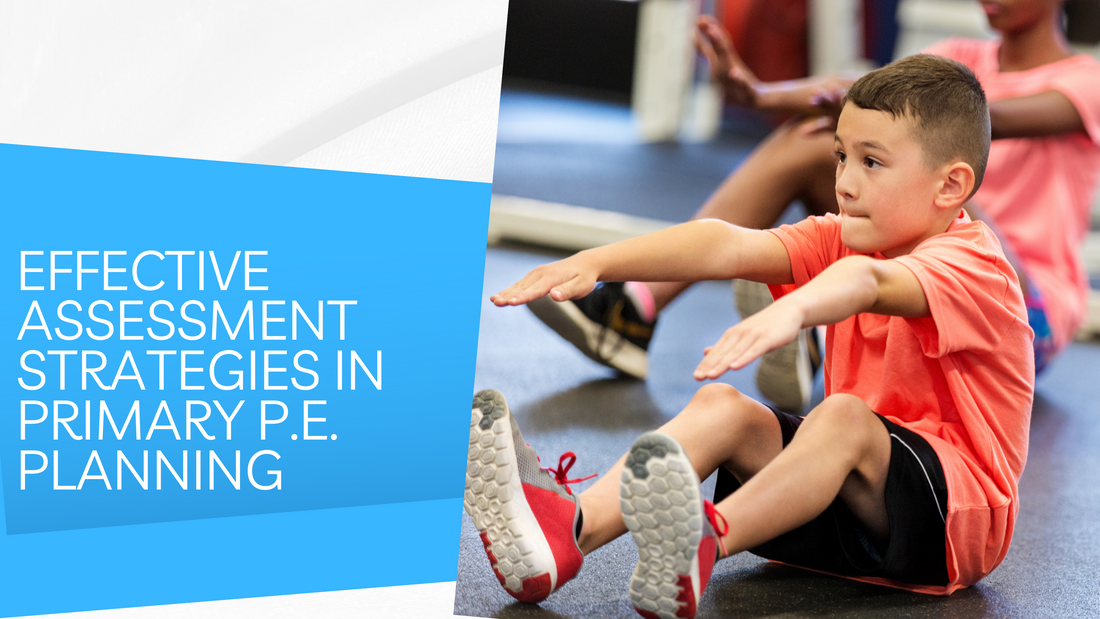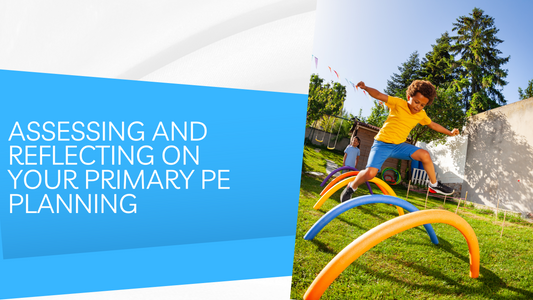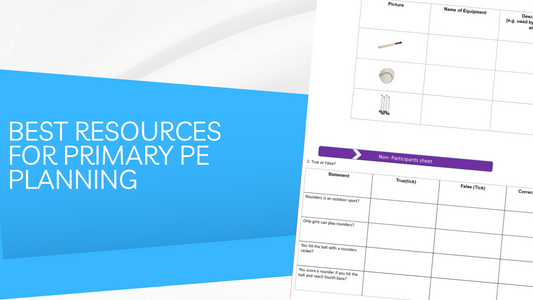Effective Assessment Strategies in Primary P.E. Planning

Assessment is a vital part of primary P.E. planning. It helps teachers understand student progress, refine instruction, and provide meaningful feedback. This post will explore effective assessment strategies in Primary P.E. planning.
The Importance of Assessment in P.E. Planning
Assessment in P.E. serves several purposes:
- Understanding Progress: It helps you understand how well students learn and progress towards the objectives.
- Informing Instruction: Assessment results can guide your instruction, helping you decide what to teach next and how to teach it best.
- Providing Feedback: Assessments provide valuable feedback to students, helping them understand their strengths and areas for improvement.
Effective Assessment Strategies
Here are some effective assessment strategies for Primary P.E.:
Ongoing Observation
Observing students during P.E. lessons can provide valuable insights into their skills, effort, attitudes, and understanding.
Peer and Self-Assessment
Encourage students to assess their own performance and that of their peers. This can promote self-awareness and critical thinking.
Use of Digital Tools
Digital tools can simplify the assessment process, allowing you to easily record, track, and analyse student progress.
Incorporating Different Assessment Methods
Use a variety of assessment methods to capture different aspects of student learning. This could include performance tasks, quizzes, discussions, and reflections.
At Primary Physical Education, we understand the importance of effective assessment in P.E. planning. Explore our range of resources to support your assessment practices in P.E. lessons.
What assessment strategies do you use in your P.E. planning? Share your experiences and tips in the comments below!
No comments









comments